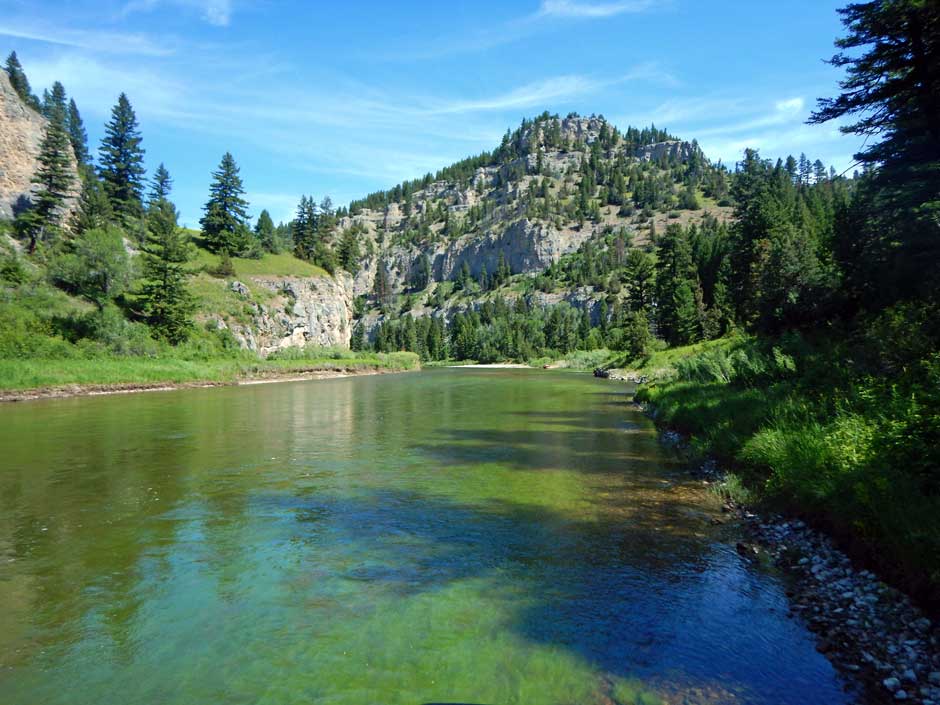Posts for tag "algal bloom"
Combating Water Insecurity in Saskatchewan with Real-Time Data
The prairies of Saskatchewan can be described as one of the least water-secure parts of Canada, making water quality monitoring essential for informed resource management in a region already facing water insecurity. While natural physical properties worsen...
- Posted April 15, 2024
Combining Academia and Lake Associations: Monitoring Lake Lillinonah
Lake Lillinonah may be Connecticut’s second-largest lake, but it holds a great deal of meaning for locals and researchers in the surrounding towns. The lake is so significant to the surrounding community that it is one of...
- Posted March 4, 2024
New Tech Aims to Make Algal Bloom Monitoring Faster and More Dynamic
Technology on the horizon will allow researchers to track harmful algal blooms and measure their toxicity in real time.
- Posted July 7, 2021
Charles River Algal Blooms Stop Swimming and Launch a Floating Wetland
After decades of abuse, new research and a floating wetland point toward a healthier future for the Charles River.
- Posted April 7, 2021
Dissecting the Algae Blooms of Montana’s “Unique Gem” the Smith River
The Montana Department of Environmental Quality is studying why a native species of algae is covering one of the state’s most popular rivers.
- Posted April 29, 2020
Inside the Struggle to Designate Lake Erie’s Water Impaired
Debates over designation of Lake Erie’s open waters as impaired have finally resulted in a designation from Ohio, but will this mean no more algal blooms?
- Posted May 24, 2018
Innovative Application of AI Gives New Life to Long-term Monitoring Data
Machine learning techniques provide new insight into decades of careful water quality monitoring data—and better water management insights.
- Posted April 30, 2018









